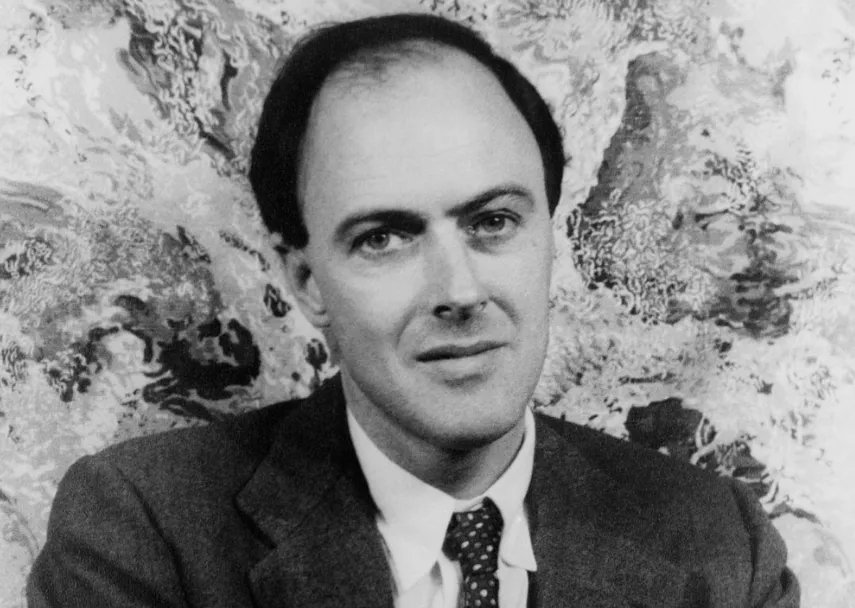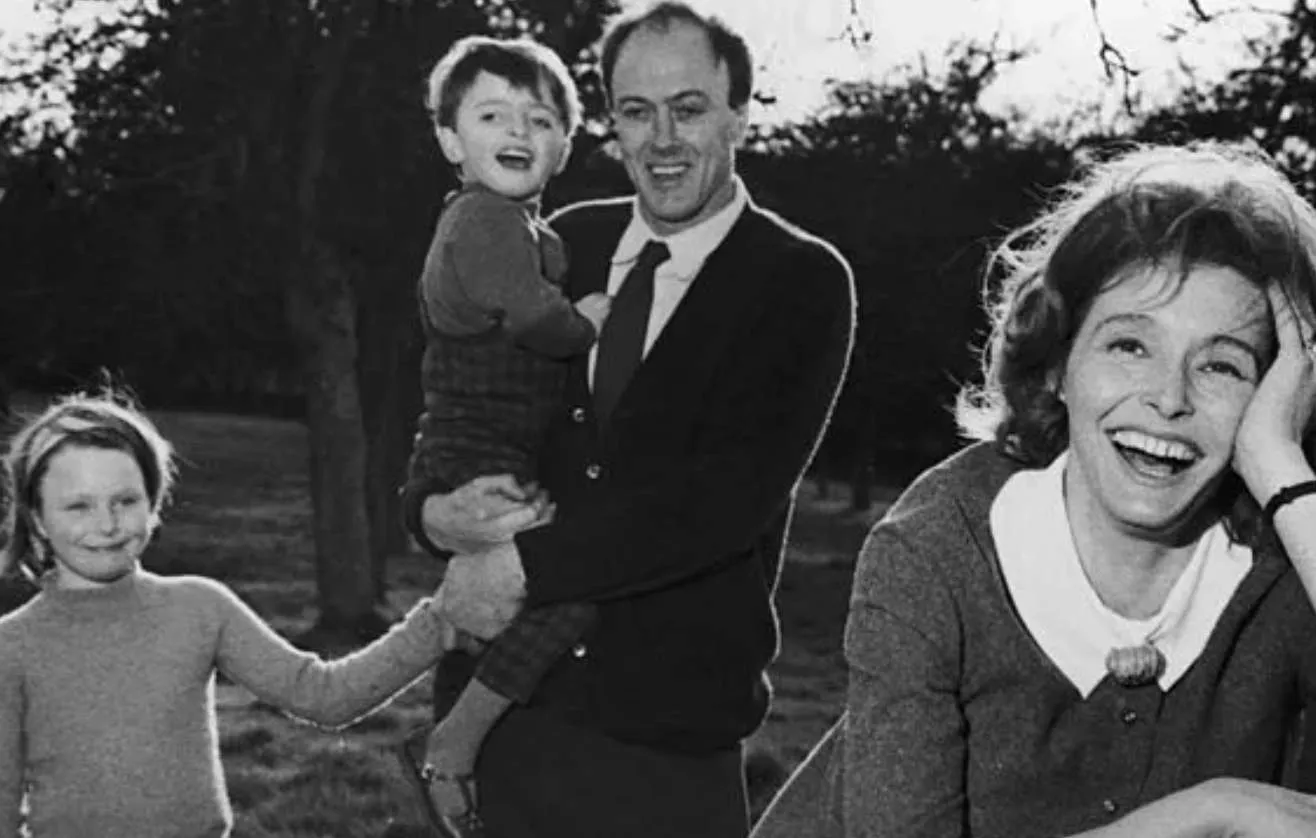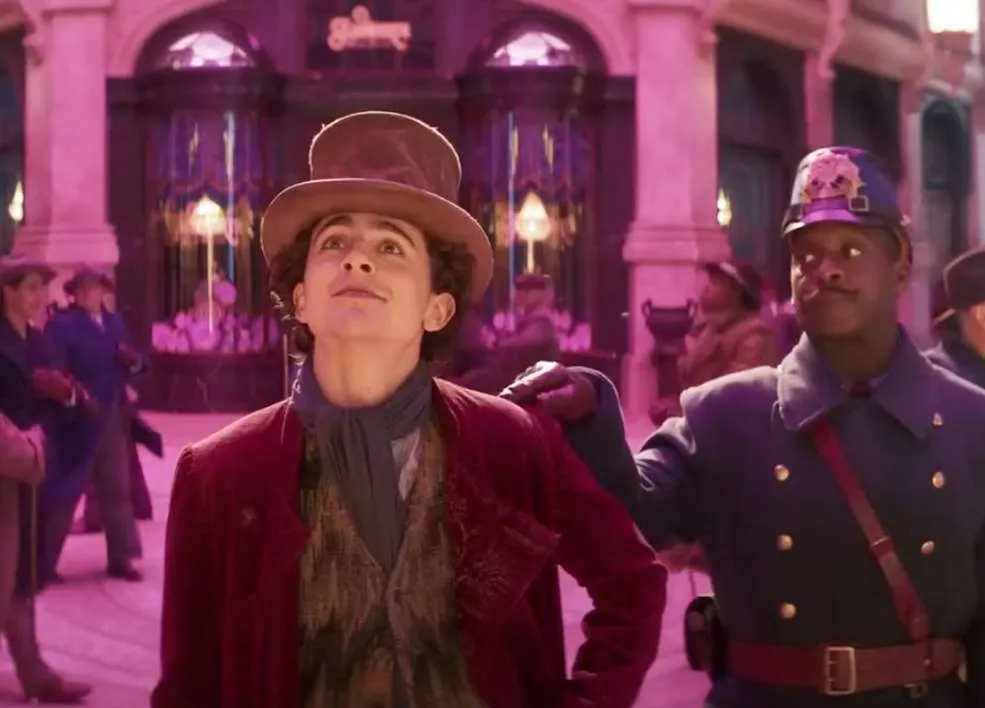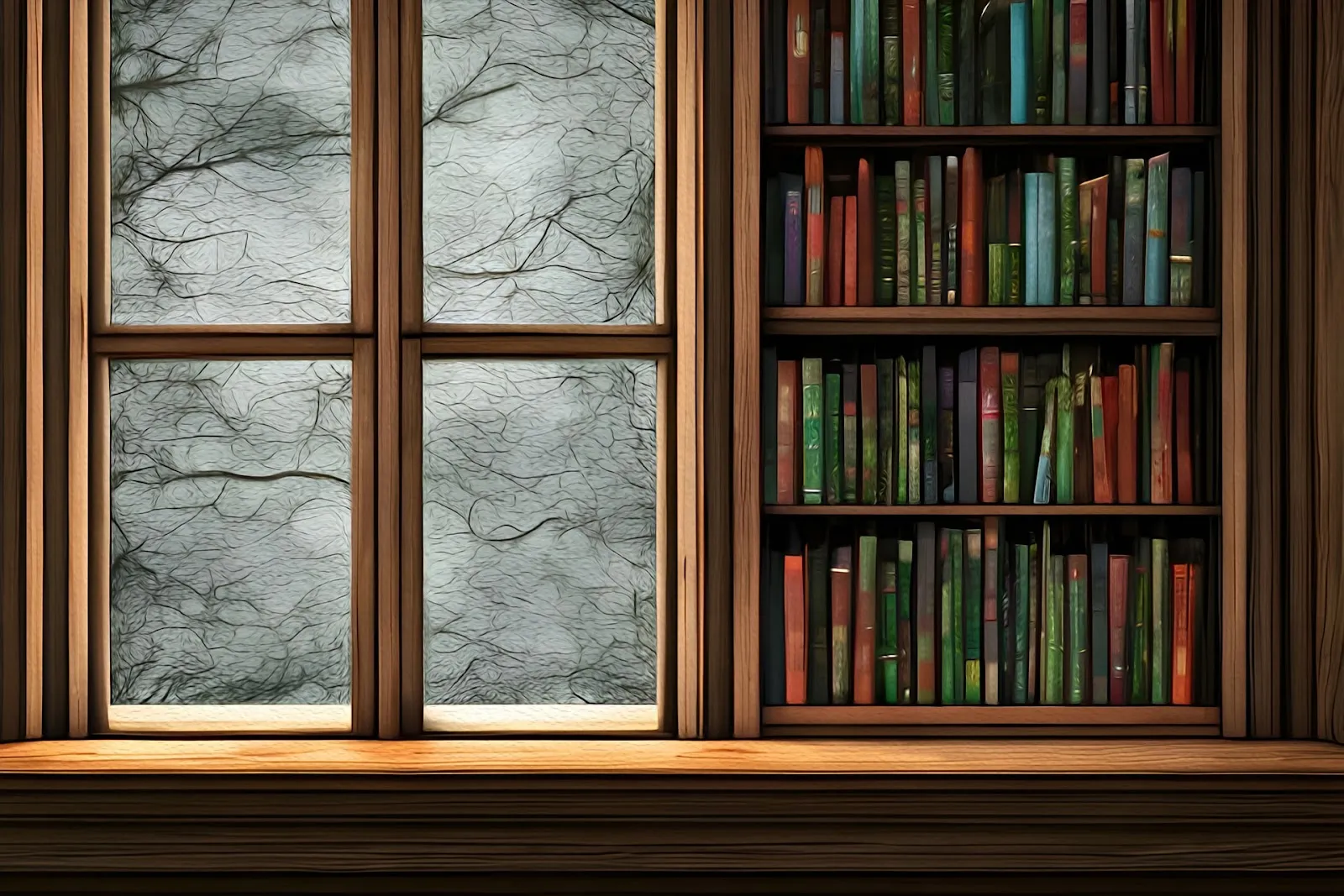The Spy Factory That Inspired Roald Dahl & His Classic Willy Wonka
Roald Dahl’s books have sold 300m copies and he’s known as one of the greatest children’s storytellers of the 20th century but there’s much more to his sneaky story.
With Wonka inspiring cinema enthusiasts, SPYSCAPE ran a background check on the man who created the world’s most famous chocolatier: Roald Dahl, the sly British spy and author who ingeniously wove intrigue into his literary tales.
Dahl wasn't simply a children’s writer. He soared as a decorated RAF pilot during WWII, invented a life-saving brain valve that saved his son's life after a road accident, and brought laughter to millions with his darkly creative short stories - six of them turned into TV dramas by Alfred Hitchcock.
Dahl's legacy is a rollercoaster of resilience, invention, and heroism. So who was the RAF fighter pilot and what, exactly, was he doing skulking around the spies and shadows of Washington, D.C., and New York City?

Dahl: from fighter pilot to author
Dahl - named after polar explorer Roald Amundsen - was born in Cardiff, Wales, in 1916 to affluent, immigrant parents from Norway. He was raised mainly in England and, with the onset of WWII, joined Britain’s Royal Air Force.
Dahl had advanced training on Hawker Harts near Baghdad, Iraq, and was assigned to No. 80 Squadron in Egypt where he flew an obsolete Gloster Gladiator and embarked on a perilous mission in September 1940. Dahl got lost in the desert, crash-landed his Gladiator, fractured his skull, and temporarily lost his sight. Despite his injuries, he managed to crawl out of the burning Gladiator and was found unconscious by a search party.
Miraculously, after months of recovery, Dahl rejoined No. 80 Squadron in Athens and flew a Hurricane Mk1, the first aircraft he’d flown with an enclosed cockpit. The blackouts he suffered as a result of the crash made it too dangerous to continue flying, however, so Dahl was posted to Washington, D.C., working in a PR role where he worked with journalists and wrote about his North African exploits for the Saturday Evening Post.
His writing had two purposes. It gave Dahl a break from the headaches and he could use his experiences as a wounded fighter pilot to help tie the Americans more closely to the British war effort, biographer Donald Sturrock writes in Storyteller: The Authorized Biography of Roald Dahl.

Spying in the US
Dahl was recruited by the British Security Coordination (BSC), a covert spy network established by the MI6 intelligence service to spy on the US. The BSC reportedly had 1,000 agents at its peak and was overseen by Scottish-Canadian industrialist William Stephenson (codename Intrepid). They worked out of Rockefeller Center in New York City, at the time a veritable spy factory with agents from the FBI, OSS (precursor to the CIA), MI6, and Soviet operatives all lurking about its hallways. Dahl's friends included British Naval intelligence officer and James Bond creator Ian Fleming who also spent time in New York and at Camp Hero near Toronto, Canada.
Sturrock said it’s unclear exactly when and how Dahl fell into espionage but it was likely after arriving in the US. Dahl’s job appears to have been two-fold. He was an expert in disinformation and planting pro-British / anti-Nazi stories in the US press to rally Americans to join the war effort and stay the course. Dahl also used his social connections to cozy up to power brokers. Dahl played tennis with Vice President Henry Wallace and, in 1943, Dahl spent a weekend with President Franklin D. Roosevelt, later submitting a 10-page report to the British outlining his insights.
After publishing his first children’s book, The Gremlins, in 1943 Dahl moved in powerful corporate circles as well. He personally met Walt Disney who bought the film rights to The Gremlins and also dined at the White House with First Lady Eleanor Roosevelt, another fan. Dahl’s 1953 marriage to American actress Patricia Neal gave him an entree into Hollywood circles.

"The brand new social experience where you activate your gaming skills as you train like a spy."
- TimeOut
Take on thrilling, high-energy espionage challenges across different game zones.

Dahl’s Chocolate Factory
Dahl turned to writing after the war and found a formula that worked. As Anthony Horowtiz told The Spying Game: “In children’s books, every main character - Harry Potter to most of Roald Dahl’s characters - are orphans. And you just take it for granted - Chapter One: The parents die. Why? Because if the parents are around you can’t have an adventure. You have to get rid of them, so you kill them in some way.”
Dahl disliked the notion that his bizarre, irreverent, macabre stories drew from personal experiences despite his books tackling war, gore, and art with the knowledge of an insider. He satirized wine snobs, overindulgent parents, and spoiled youngsters. He wrote James and the Giant Peach for children - including his own - to pull them away from television. "His spirit was so large and so big he taught us to believe in magic," his daughter Lucy once said.
Dahl’s work was often casually cruel, featuring overweight children including Augustus Gloop who drinks from Willy Wonka's chocolate river. Such passages may not seem appropriate today. The latest Puffin editions of Charlie and the Chocolate Factory have gone through ‘sensitivity edits’, British newspaper The Telegraph reports. Newer publications remove or rewrite passages describing characters as ‘fat’, ‘crazy’, ‘ugly’, or ‘black’. An older edition of Charlie and the Chocolate Factory describes one character looking “fat and well-fed. He had big lips and fat cheeks and a very fat neck.” The sentences are removed entirely from new editions.
It’s unclear what Dahl might have thought of the revisions (he died in 1990). Some users of X (formerly Twitter) attacked the changes as ‘woke’ although others say meanness is no longer in style.

Roald Dahl: A Life of Glamor and Despair
Life was glamorous but rarely simple for Dahl and his wife. They had four children including Theo, who was badly injured in a road accident as a baby. Their first daughter, Olivia, died age seven, and Neal was hit by a stroke in 1965, two years after winning an Oscar for Hud. After 30 volatile years of marriage, they divorced.
Dahl died from a blood disease in 1990 at the age of 74, telling his family he didn’t fear death: “You know, I'm not frightened,” he reportedly said. “It's just that I will miss you all so much.” (Others report that his last words - after being pricked with a nurse’s needle - were actually ‘Ow, f***!’)
Patricia Neal once described her husband succinctly: 'Deliberate is a good word for Roald Dahl. He knew exactly what he wanted and he quietly went about getting it.”
SPYSCAPE+

Join now to get True Spies episodes early and ad-free every week, plus subscriber-only Debriefs and Q&As to bring you closer to your favorite spies and stories from the show. You’ll also get our exclusive series The Razumov Files and The Great James Bond Car Robbery!


Gadgets & Gifts
Explore a world of secrets together. Navigate through interactive exhibits and missions to discover your spy roles.
Your Spy Skills
We all have valuable spy skills - your mission is to discover yours. See if you have what it takes to be a secret agent, with our authentic spy skills evaluation* developed by a former Head of Training at British Intelligence. It's FREE so share & compare with friends now!
* Find more information about the scientific methods behind the evaluation here.


Stay Connected
Follow us for the latest
TIKTOK
INSTAGRAM
X
FACEBOOK
YOUTUBE